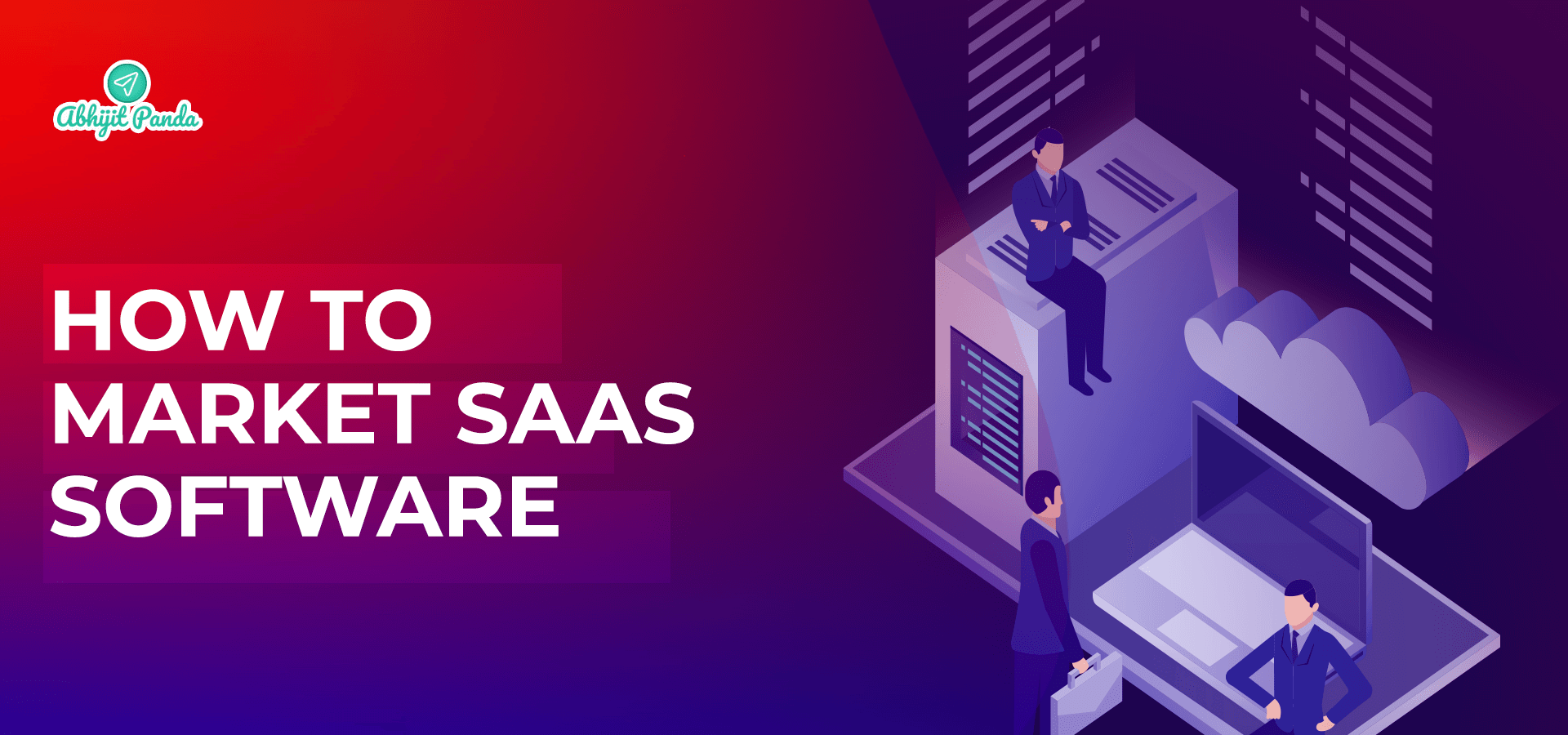
How to Market SaaS Software?
As a popular cloud software delivery model, Software as a Service (SaaS) enables users to access the desired tech tools over the Internet using a web browser. End-users can access the SaaS software anytime and anywhere using computers or mobile devices. On-demand accessibility is one of the factors driving the steady growth of the worldwide SaaS market.
The steady growth creates opportunities for companies to accomplish profitable growth by providing their SaaS software to companies and startups across regions. However, companies can grow the subscriber base only by overcoming key challenges in SaaS software marketing – covering free users into paid users, beating competitors, and retaining subscribers.
At the same time, the involvement of multiple decision-makers makes it challenging for companies to accelerate the long B2B sales cycles. Leading SaaS companies overcome these challenges using various marketing channels and tactics. We are discussing the tried and tested strategies you should consider while deciding how to market SaaS software.
10 SaaS Software Marketing Strategies to Boost Subscriber Acquisition and Retention
1. Content Marketing
SaaS content marketing helps companies address potential customers’ interests, pain points, and expectations at various phases in the buyer’s journey. SaaS Companies attract regular traffic to their websites by optimizing the content for search engines. At the same time, insightful content helps them impress potential customers by establishing authority and credibility. However, the SaaS marketing strategy must focus on the creation, distribution, and optimization of various content—landing pages, blogs, videos, podcasts, webinars, and newsletters.
2. Search Engine Optimization (SEO)
SEO helps companies increase website traffic and generate leads organically by improving websites’ search engine visibility and ranking. However, companies must enhance SaaS software visibility by combining three important aspects of SEO – on-page, off-page, and technical. On-page SEO tactics focus on optimizing the website’s structure, content, and other elements for search engines. Off-page SEO tactics increase the website’s reputation and authority by earning high-quality links from reputable websites. At the same time, technical SEO tactics ensure seamless crawling and indexing of the website by optimizing technical aspects and mitigating technical issues.
3. Email Marketing
SaaS software companies acquire and retain subscribers by running email marketing campaigns. They develop and foster relationships with subscribers by sending various forms of emails – welcome, promotional, product update, reactivation, and onboarding. Brands make SaaS email marketing campaigns successful using automation tools. For instance, they decide the best subject line and call-to-action (CTA) using A/B testing tools. Likewise, they use AI-powered automation tools to send personalized emails to existing and potential subscribers at the right time.
4. Social Media Marketing
While discovering SaaS software, many potential subscribers use social media instead of search engines. Hence, companies promote their SaaS products aggressively on popular social networking platforms like LinkedIn, Facebook, and X (formerly Twitter). In addition to driving lead generation, social networks help SaaS companies foster subscriber relationships by sharing informative content, success stories, and customer testimonials. However, the SaaS social media marketing strategy must be tailored for each targeted platform.
5. PPC Advertising
The pay-per-click (PPC) advertisement options provided by search engines and social networks boost the SaaS software’s online visibility in a short amount of time. Brands target and engage relevant audiences by customizing PPC ads based on demographics, subscriber behavior, and keywords. At the same time, remarketing and retargeting ads create opportunities for them to showcase SaaS software to potential subscribers after they leave websites or mobile apps. However, the PPC advertising strategy for SaaS software must focus on optimizing ad copies, CTAs, keywords, and landing pages.
6. Collaborative Marketing
Collaboration is currently one of the hottest trends in SaaS software marketing. Leading brands boost subscriber acquisition by collaborating with brands offering complimentary SaaS products. For instance, a SaaS company offering accounting software collaborates with companies that offer similar financial solutions. However, the outcome of collaborative marketing or co-marketing campaigns depends on important factors like joint promotion, advertising cost splitting, and promotional discount opportunities.
7. Referral Marketing
While comparing and selecting SaaS software, subscribers consider the experiences and reviews of existing customers. SaaS software companies leverage the trends by incentivizing existing customers to bring referrals. In addition to reducing subscriber acquisition costs, this SaaS software marketing strategy increases customer lifetime values. SaaS companies incentivize existing customers in various forms – free upgrades, discounts, and premium feature access. Also, they determine incentives by considering the demographic information of the new B2B customer.
8. Account-Based Marketing
Account-based marketing (ABM) strategies help SaaS companies generate leads and drive sales by personalizing the buying experience of B2B clients. Marketing and sales teams collaborate to nurture potential subscribers throughout the sales cycle. SaaS software companies adopt ABM to prioritize B2B leads and nurture them by sending personalized content and messages. Personalized communication helps companies increase conversion rates by prioritizing high-value customers and shortening the sales cycle. However, the marketing strategy requires SaaS companies to influence B2B customers by delivering personalized content and message across digital marketing channels.
9. User-Generated Content Marketing
While comparing SaaS software, potential subscribers trust customer-generated content more than brand-generated content. In addition to SaaS content marketing campaigns, SaaS software companies influence purchase decisions by leveraging user-generated content. The strategy focuses on encouraging and incentivizing existing subscribers to post reviews and share testimonials. The reviews posted on reputable websites and online forums help them increase brand visibility and credibility. At the same time, companies gain trust by embedding customer testimonials in the home and product pages of the SaaS software website.
10. Influencer Marketing
Like direct-to-consumer companies, SaaS companies promote their software through influencers. However, they plan and implement influencer marketing strategies in a distinct way. Leading SaaS software companies initiate the campaign by publishing blog posts and becoming guest bloggers. They promote internal and external content by engaging the right influencer. The marketing strategy makes them incentivize influencers in various forms. The influencer marketing strategy helps them promote their content and expand their subscriber base in a short amount of time.
Conclusion
While discussing how to market your SaaS, you must focus on knowing the ideal customer and understanding competitors. Your marketing strategy must guide and influence potential customers at various stages or phases in the buyer’s journey. Hence, it would be best if you drove their buying decisions by creating data-driven buyer personas. At the same time, you must understand competitors by monitoring the marketing strategies implemented by them and adopting their successful SaaS marketing strategies.
